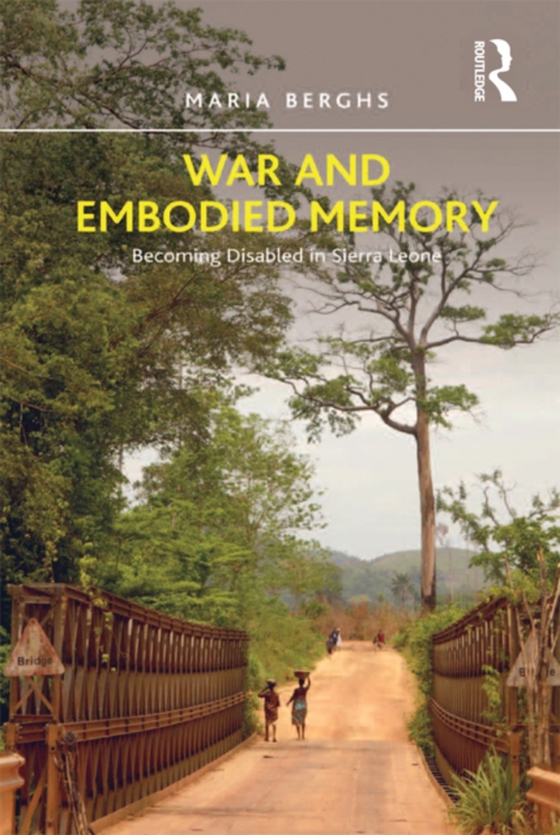
War and Embodied Memory e-bog
436,85 DKK
(inkl. moms 546,06 DKK)
How do you become an 'amputee', 'war-wounded', 'victim' or 'disabled' person? This book describes how an amputee and war-wounded community was created after a decade long conflict (1991-2002) in Sierra Leone. Beginning with a general socio-cultural and historical analysis of what is understood by impairment and disability, it also explains how disability was politically created both during the ...
E-bog
436,85 DKK
Forlag
Routledge
Udgivet
17 februar 2016
Længde
274 sider
Genrer
1HFDE
Sprog
English
Format
epub
Beskyttelse
LCP
ISBN
9781317000549
How do you become an 'amputee', 'war-wounded', 'victim' or 'disabled' person? This book describes how an amputee and war-wounded community was created after a decade long conflict (1991-2002) in Sierra Leone. Beginning with a general socio-cultural and historical analysis of what is understood by impairment and disability, it also explains how disability was politically created both during the conflict and post-conflict, as violence became part of the everyday. Despite participating in the neoliberal rebuilding of the nation state, ex-combatants and the security of the nation were the government's main priorities, not amputee and war-wounded people. In order to survive, people had to form partnerships with NGOs and participate in new discourses and practices around disability and rights, thus accessing identities of 'disabled' or 'persons with disabilities'. NGOs, charities and religious organisations that understood impairment and disability were most successful at aiding this community of people. However, since discourse and practice on disability were mainly bureaucratic, top-down, and not democratic about mainstreaming disability, neoliberal organisations and INGOs have caused a new colonisation of consciousness, and amputee and war-wounded people have had to become skilled in negotiating these new forms of subjectivities to survive.
 Dansk
Dansk

